The last three hundred years have witnessed the extinction of numerous species, each one leaving a gap in the natural world. These losses often serve as stark reminders of humanity’s impact on the environment. The following ten animals represent some of the most significant extinctions during this period, each playing a unique role in their ecosystems and leaving a legacy that continues to influence conservation efforts today.
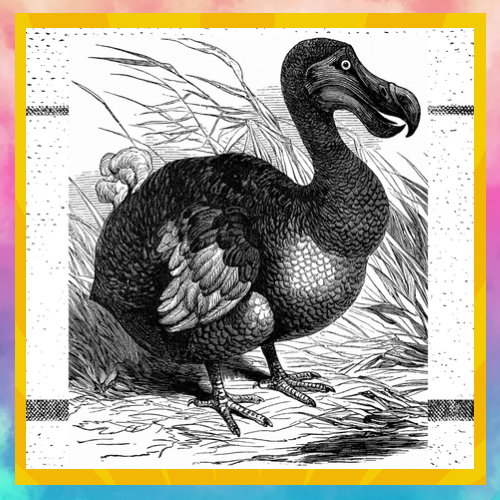
1. The Dodo (Raphus cucullatus)
The Dodo, a flightless bird native to Mauritius, became extinct in the late 17th century. The Dodo was about one meter tall, with a large beak and a distinctive, round body. Its extinction is largely attributed to hunting by sailors and the introduction of non-native species like rats, which preyed on Dodo eggs.
Why it Matters: The Dodo’s extinction is often seen as a symbol of human-induced extinction. Its disappearance led to a greater awareness of the impacts of invasive species and human exploitation on isolated ecosystems.
Interesting Fact: The phrase “as dead as a dodo” originates from the bird’s extinction, emphasizing its complete and irreversible loss.
2. The Passenger Pigeon (Ectopistes migratorius)
Once the most numerous bird in North America, the Passenger Pigeon went extinct in the early 20th century. Massive flocks, sometimes numbering billions, were a common sight. The birds were hunted on an industrial scale, and habitat destruction also played a role in their rapid decline.
Why it Matters: The extinction of the Passenger Pigeon highlights the devastating effects of overhunting and habitat loss. It led to the development of early conservation laws and wildlife protection movements.
Interesting Fact: The last known Passenger Pigeon, named Martha, died in captivity in 1914 at the Cincinnati Zoo.
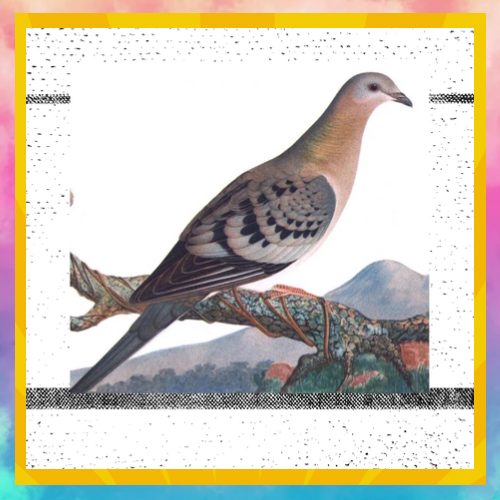
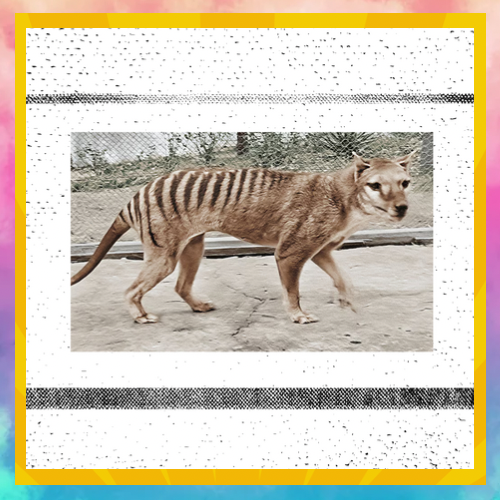
3. The Tasmanian Tiger (Thylacinus cynocephalus)
Also known as the Thylacine, the Tasmanian Tiger was a carnivorous marsupial native to Tasmania, Australia, and New Guinea. It was hunted to extinction in the early 20th century due to its perceived threat to livestock, as well as habitat destruction and disease.
Why it Matters: The loss of the Tasmanian Tiger underscores the consequences of human-wildlife conflict and the dangers of misunderstanding native species. Its extinction has inspired efforts to protect other vulnerable marsupials in Australia.
Interesting Fact: Despite being called a “tiger,” the Tasmanian Tiger had more in common with a wolf, including its dog-like appearance and behavior.
4. The Great Auk (Pinguinus impennis)
The Great Auk was a large, flightless seabird that lived in the North Atlantic. The bird was hunted for its feathers, meat, and oil, leading to its extinction by the mid-19th century. The last known pair was killed in 1844.
Why it Matters: The extinction of the Great Auk was one of the early examples of overexploitation of wildlife for commercial purposes. Its loss contributed to growing awareness of the need for sustainable practices in wildlife use.
Interesting Fact: The Great Auk was known for its striking black and white plumage and was a strong swimmer, using its wings to propel itself underwater.
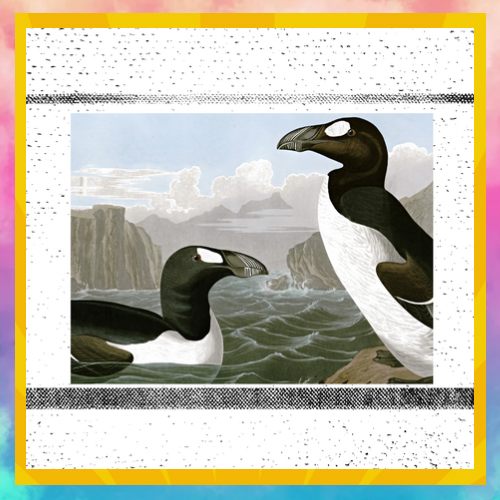
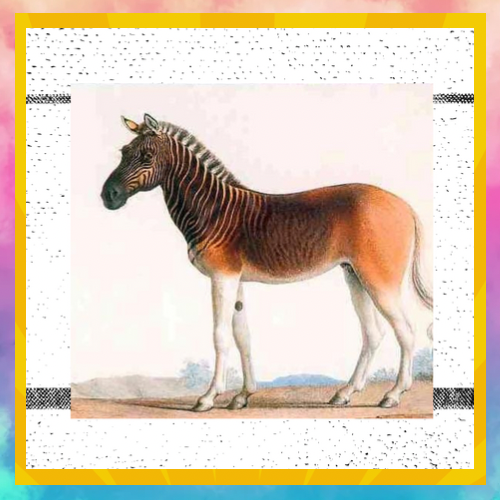
5. The Quagga (Equus quagga quagga)
The Quagga, a subspecies of the plains zebra, lived in South Africa until its extinction in the late 19th century. It was distinguished by its unique coloring—striped on the front half of its body and brown on the back. The Quagga was hunted extensively for its hide and to reduce competition with livestock.
Why it Matters: The Quagga’s extinction highlights the impact of hunting and habitat competition. Recent genetic studies have sparked interest in “de-extincting” the Quagga by selectively breeding zebras to resemble their lost relatives.
Interesting Fact: The Quagga was the first extinct animal to have its DNA analyzed, marking the beginning of ancient DNA studies.
6. The Caribbean Monk Seal (Neomonachus tropicalis)
The Caribbean Monk Seal was native to the Caribbean Sea and the Gulf of Mexico. This seal was hunted for its oil, and its food sources were depleted by overfishing. The species was declared extinct in the early 1950s.
Why it Matters: The extinction of the Caribbean Monk Seal draws attention to the threats marine mammals face, including overhunting and competition for resources. It also serves as a cautionary tale about the long-term impacts of human activities on marine ecosystems.
Interesting Fact: The Caribbean Monk Seal was the only seal native to the Caribbean Sea, and its closest relatives are the endangered Hawaiian and Mediterranean monk seals.
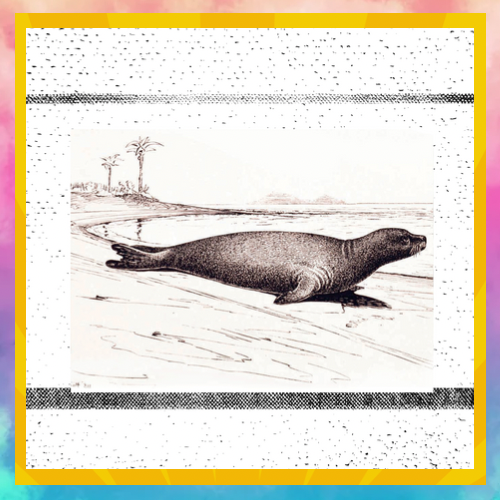
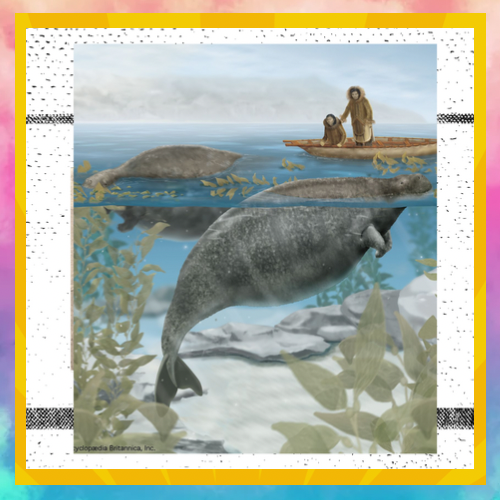
7. The Steller’s Sea Cow (Hydrodamalis gigas)
Steller’s Sea Cow, a massive marine herbivore, was discovered by Europeans in the 18th century in the waters around the Commander Islands in the Bering Sea. Within 27 years of its discovery, it was hunted to extinction by fur traders and explorers.
Why it Matters: The extinction of Steller’s Sea Cow demonstrates the rapid impact humans can have on a species, especially those with small, isolated populations. Its loss also serves as an example of the fragility of Arctic and sub-Arctic ecosystems.
Interesting Fact: Steller’s Sea Cow could reach lengths of up to 30 feet and weighed around 10 tons, making it one of the largest marine mammals.
8. The Pyrenean Ibex (Capra pyrenaica pyrenaica)
The Pyrenean Ibex, a subspecies of the Spanish ibex, lived in the Pyrenees Mountains between Spain and France. The last individual died in 2000, making it one of the most recent extinctions on this list. Habitat loss, hunting, and disease contributed to its decline.
Why it Matters: The Pyrenean Ibex’s extinction is a case study in the challenges of conservation, especially for species with small populations. Efforts to clone the species were briefly successful, but the clone only survived for a few minutes, highlighting the complexities of de-extinction.
Interesting Fact: The Pyrenean Ibex was the first animal to become “un-extinct” for a short time when scientists successfully cloned it in 2003.
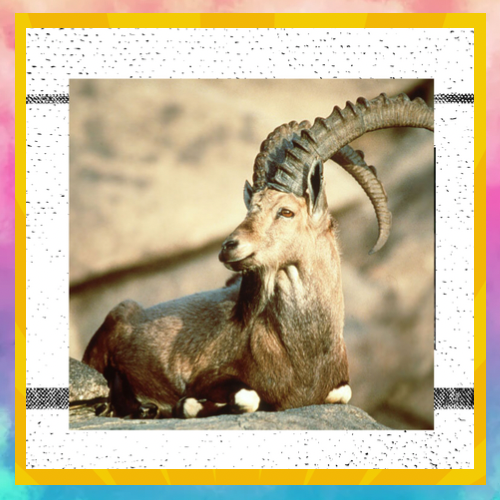

9. The Pinta Island Tortoise (Chelonoidis abingdonii)
The Pinta Island Tortoise, native to the Galápagos Islands, was believed extinct until the discovery of a single individual, Lonesome George, in 1971. Despite efforts to breed him, no offspring were produced, and George died in 2012, marking the extinction of his species.
Why it Matters: The extinction of the Pinta Island Tortoise highlights the vulnerability of island species and the long-term consequences of human actions, such as introducing invasive species and overharvesting. Lonesome George became a symbol of conservation efforts worldwide.
Interesting Fact: Lonesome George was the last known Pinta Island Tortoise and lived for over 100 years. He was considered one of the rarest creatures on Earth.
10. The Northern White Rhinoceros (Ceratotherium simum cottoni)
The Northern White Rhinoceros, a subspecies of the white rhinoceros, lived in parts of Uganda, Sudan, and the Democratic Republic of the Congo. By the 21st century, poaching and habitat loss had reduced their numbers to just a few individuals. The last male, Sudan, died in 2018, leaving only two females, effectively rendering the subspecies functionally extinct.
Why it Matters: The Northern White Rhinoceros serves as a stark example of the ongoing poaching crisis and the challenges of preserving large, slow-breeding animals. Efforts are ongoing to save the subspecies through advanced reproductive techniques, including in vitro fertilization.
Interesting Fact: Sudan, the last male Northern White Rhinoceros, became a global symbol for wildlife conservation, and his death was mourned worldwide.
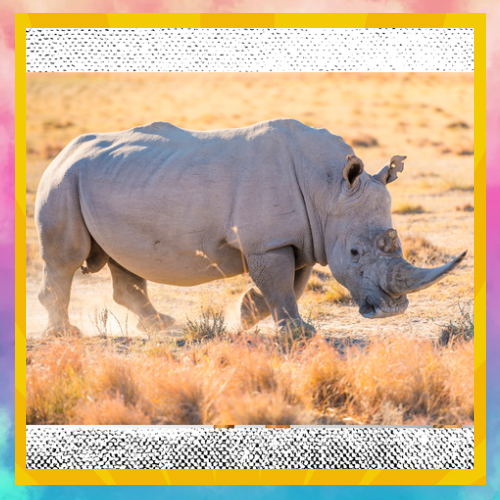
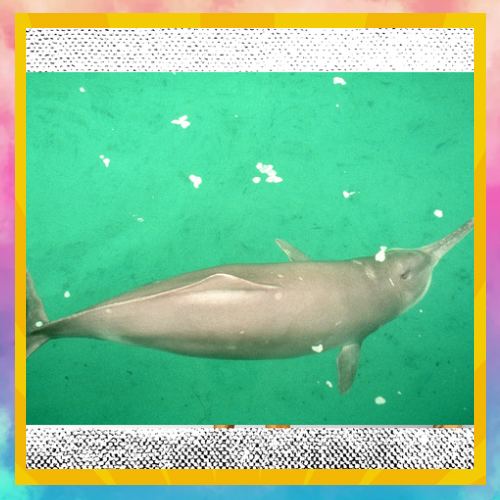
11. The Baiji (Lipotes vexillifer)
The Baiji, or Chinese river dolphin, was native to the Yangtze River in China. It was declared functionally extinct in 2006 after an extensive survey failed to find any surviving individuals. Pollution, overfishing, and habitat destruction led to its decline.
Why it Matters: The extinction of the Baiji represents the first recorded extinction of a dolphin species due to human activities. It serves as a reminder of the impact industrialization and development can have on freshwater ecosystems.
Interesting Fact: The Baiji was also known as the “Goddess of the Yangtze” and was revered in Chinese culture for centuries.
Conclusion
The animals listed above each played a crucial role in their ecosystems, and their extinctions have had far-reaching consequences. From the iconic Dodo to the tragic loss of the Northern White Rhinoceros, these extinctions continue to resonate, shaping modern conservation efforts. As we look back at these species, we must consider the lessons they offer and work towards preventing future losses.
References:
1. Witness to Extinction: How We Failed to Save the Yangtze River Dolphin. https://literaryreview.co.uk/death-of-the-baiji
2. Dodo: From Extinction to Icon. https://www.alibris.com/The-Dodo-From-Extinction-to-Icon-Errol-Fuller/book/8794669
3. Population Viability Analysis. https://www.journals.uchicago.edu/doi/abs/10.1086/374509?journalCode=qrb
5. Wildlife Ecology and Management. https://archive.org/details/wildlifeecologym0000caug


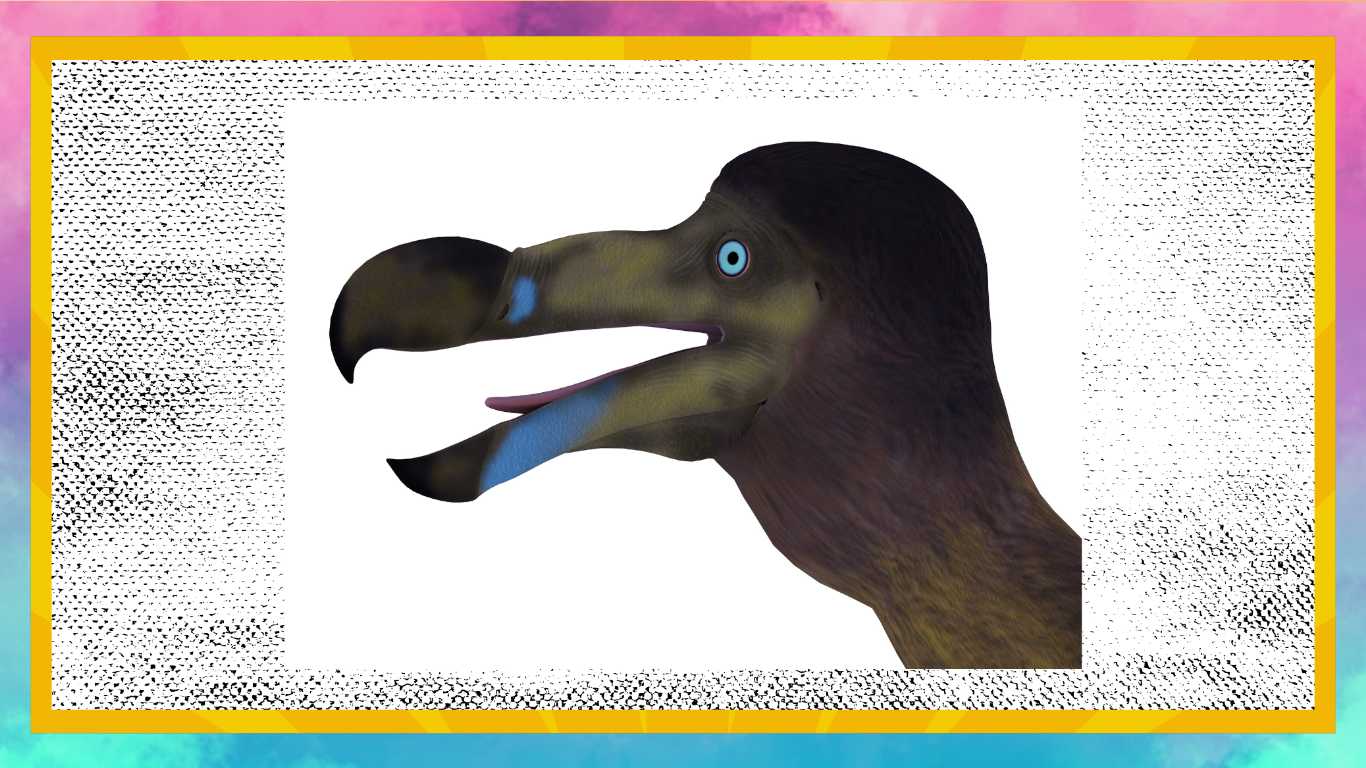


Thanks for sharing. I read many of your blog posts, cool, your blog is very good.
Thanks for sharing. I read many of your blog posts, cool, your blog is very good.
Thanks for sharing. I read many of your blog posts, cool, your blog is very good.